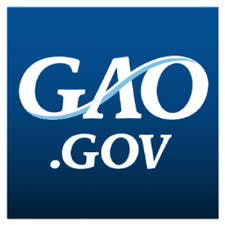PA Ratchets Up Battle Against Opioid Abuse
The Commonwealth of Pennsylvania will create 25 new Opioid Use Disorder Centers of Excellence, joining 20 similar centers established last year.
According to a news release from the office of Pennsylania Governor Tom Wolf,
The additional COEs announced today will serve at least 5,600 additional individuals. The COEs are a central, efficient hub around which treatment revolves. These centers will have navigators to assist people with opioid-related substance use disorders through the medical system, and ensure they receive behavioral and physical health care, as well as any evidence-based medication-assisted treatment needed.
 The centers are funded in part by state behavioral health funds, in part by state Medicaid funds, and in part by federal Medicaid matching funds.
The centers are funded in part by state behavioral health funds, in part by state Medicaid funds, and in part by federal Medicaid matching funds.
Learn more about the Centers of Excellence approach to combating opioid abuse and find a list of the new centers in this Wolf administration news release.
 The uninsured rate in the U.S., 20 percent before the Affordable Care Act took effect, is now 13 percent.
The uninsured rate in the U.S., 20 percent before the Affordable Care Act took effect, is now 13 percent.
 The report, prepared by the organization Catalyst for Payment Reform, seeks to
The report, prepared by the organization Catalyst for Payment Reform, seeks to
 HealthChoices, Pennsylvania’s Medicaid managed care program, seeks to purchase 7.5 percent of Medicaid services through value-based purchasing arrangements in calendar year 2017, 15 percent in 2018, and 30 percent in 2019. The Hospital Quality Incentive Program seeks to facilitate achieving these goals.
HealthChoices, Pennsylvania’s Medicaid managed care program, seeks to purchase 7.5 percent of Medicaid services through value-based purchasing arrangements in calendar year 2017, 15 percent in 2018, and 30 percent in 2019. The Hospital Quality Incentive Program seeks to facilitate achieving these goals. In making these recommendations, CMS seeks to make greater use of managed long-term services and supports and home- and community-based services when serving individuals who might otherwise need costly nursing home care.
In making these recommendations, CMS seeks to make greater use of managed long-term services and supports and home- and community-based services when serving individuals who might otherwise need costly nursing home care.

 In a new report based on FY 2013 and FY 2014 data, the GAO found that
In a new report based on FY 2013 and FY 2014 data, the GAO found that